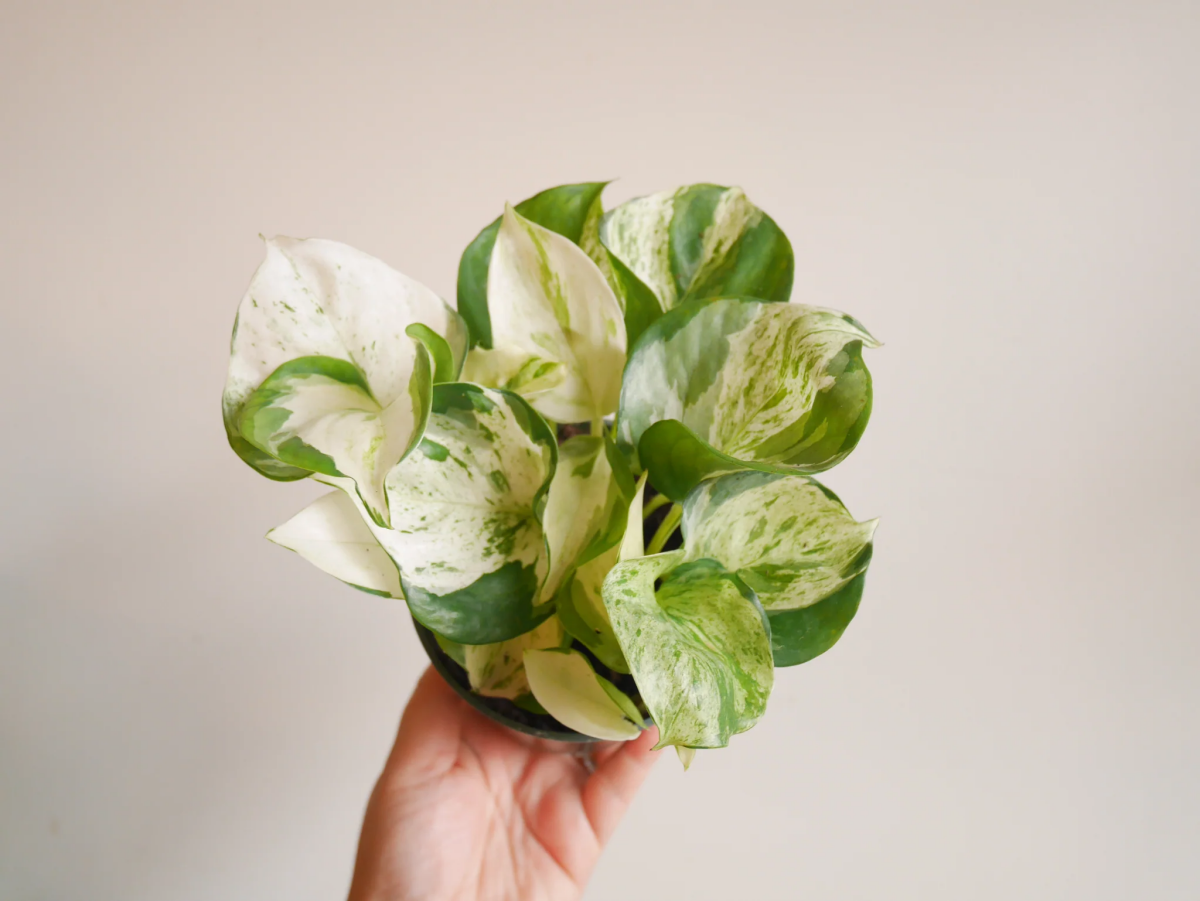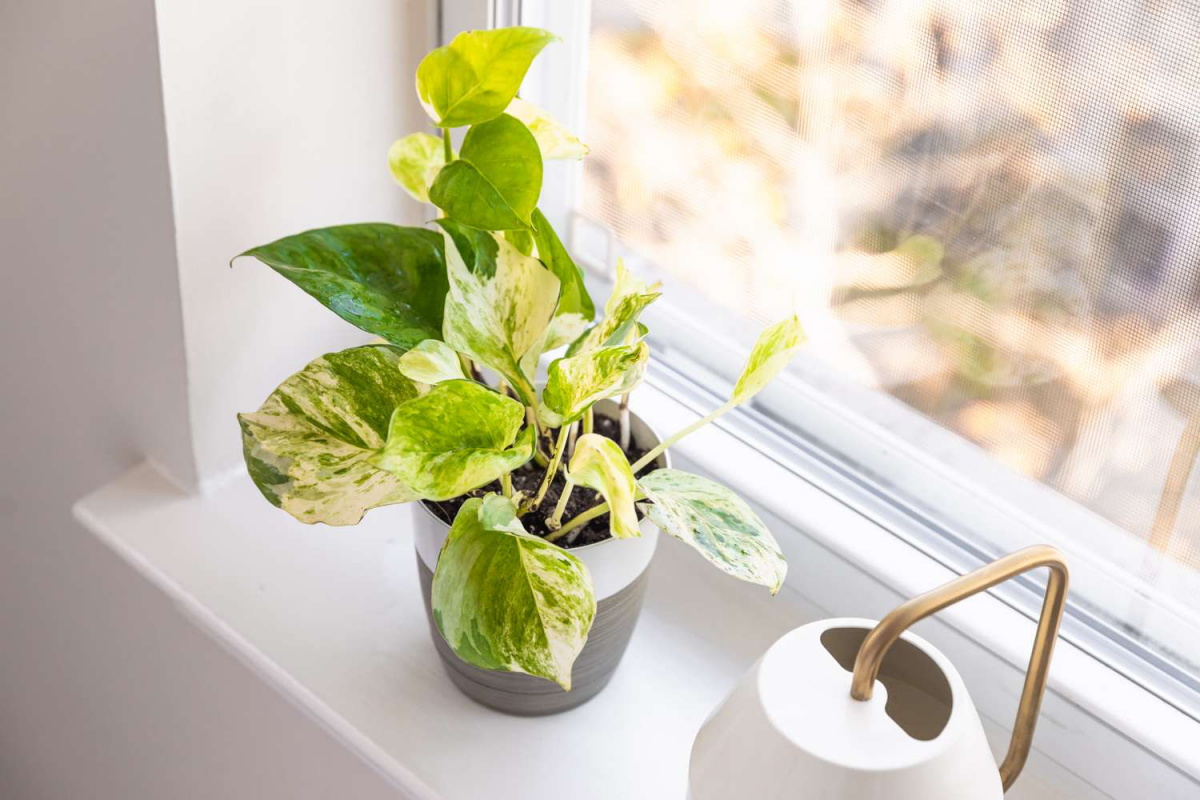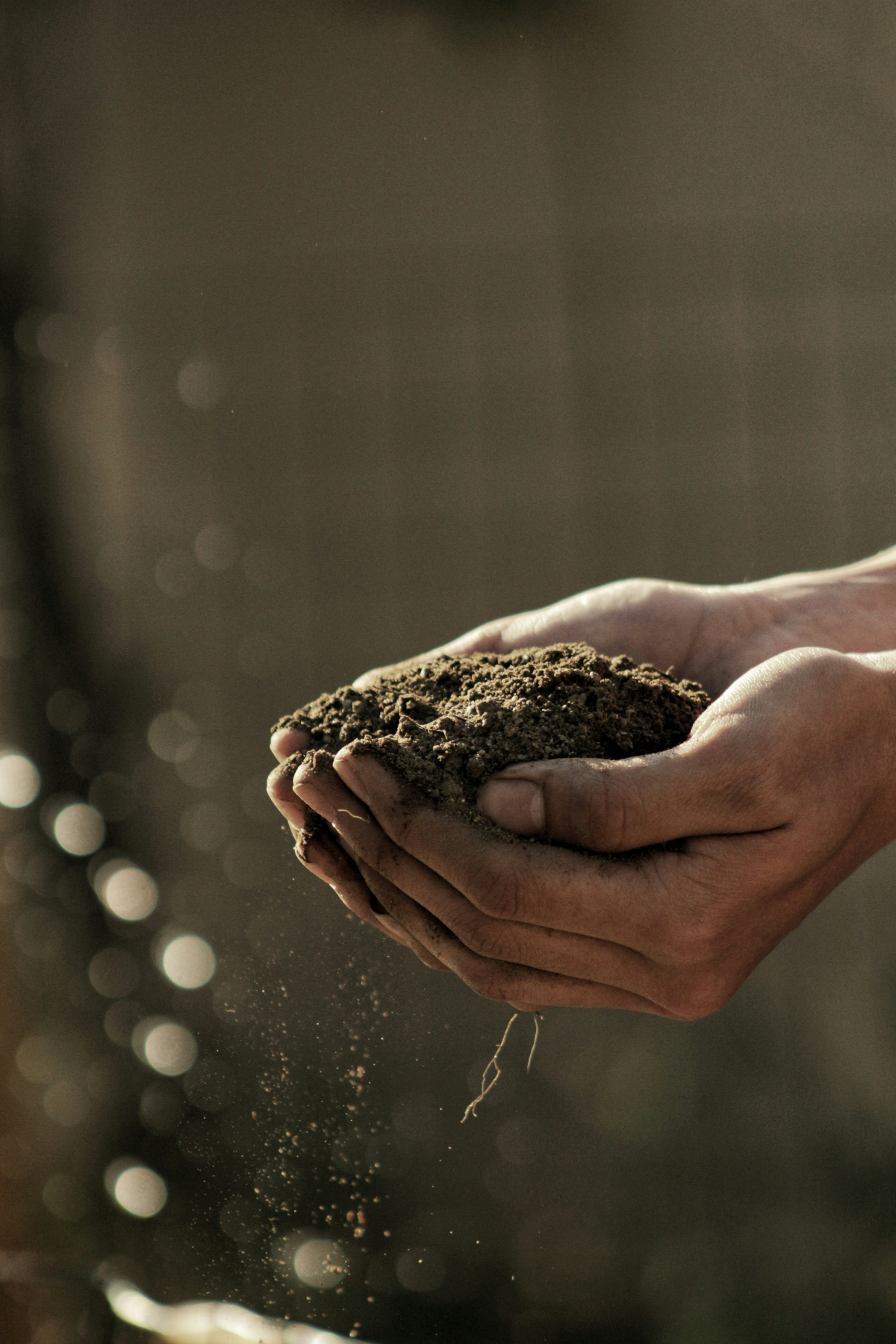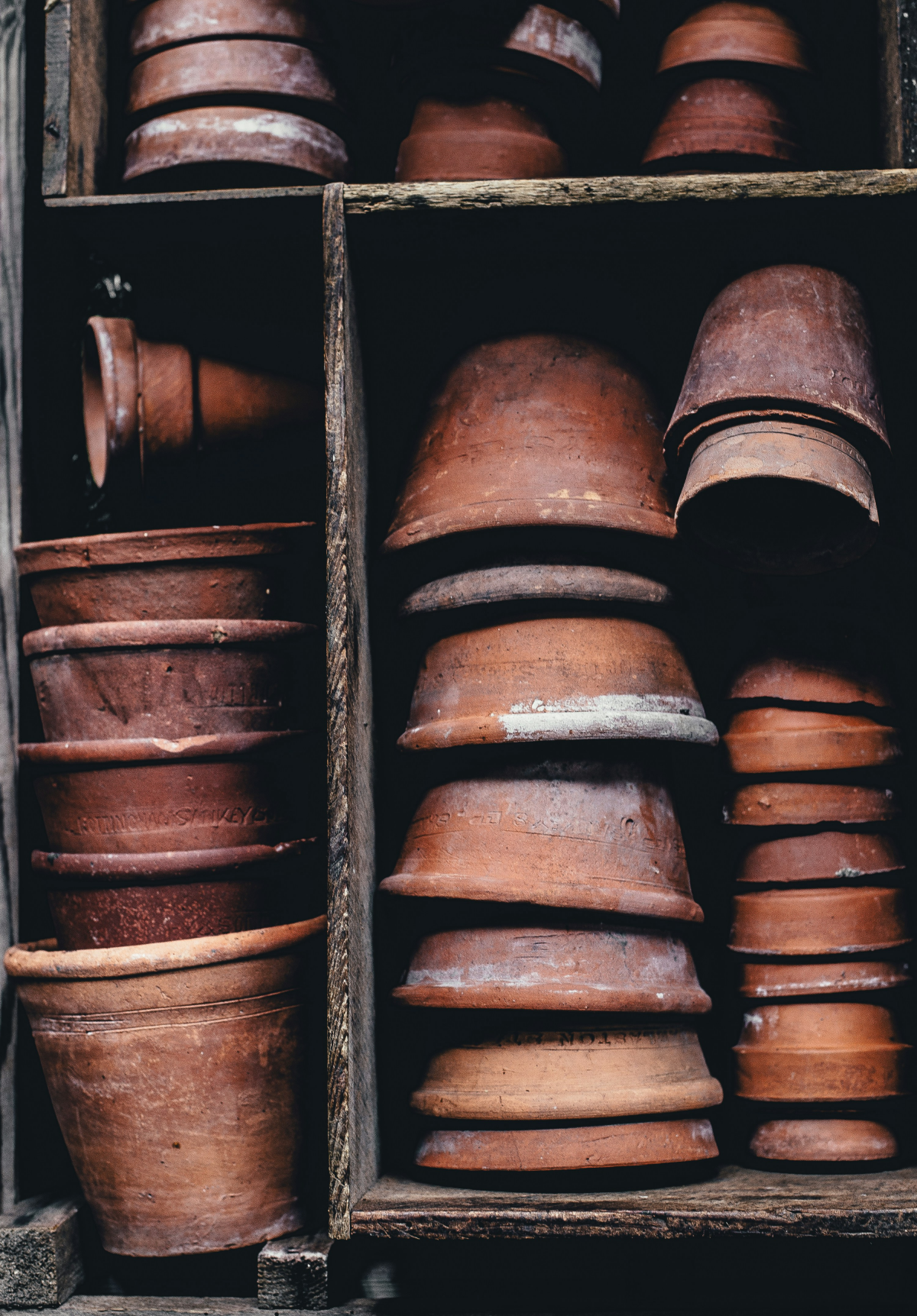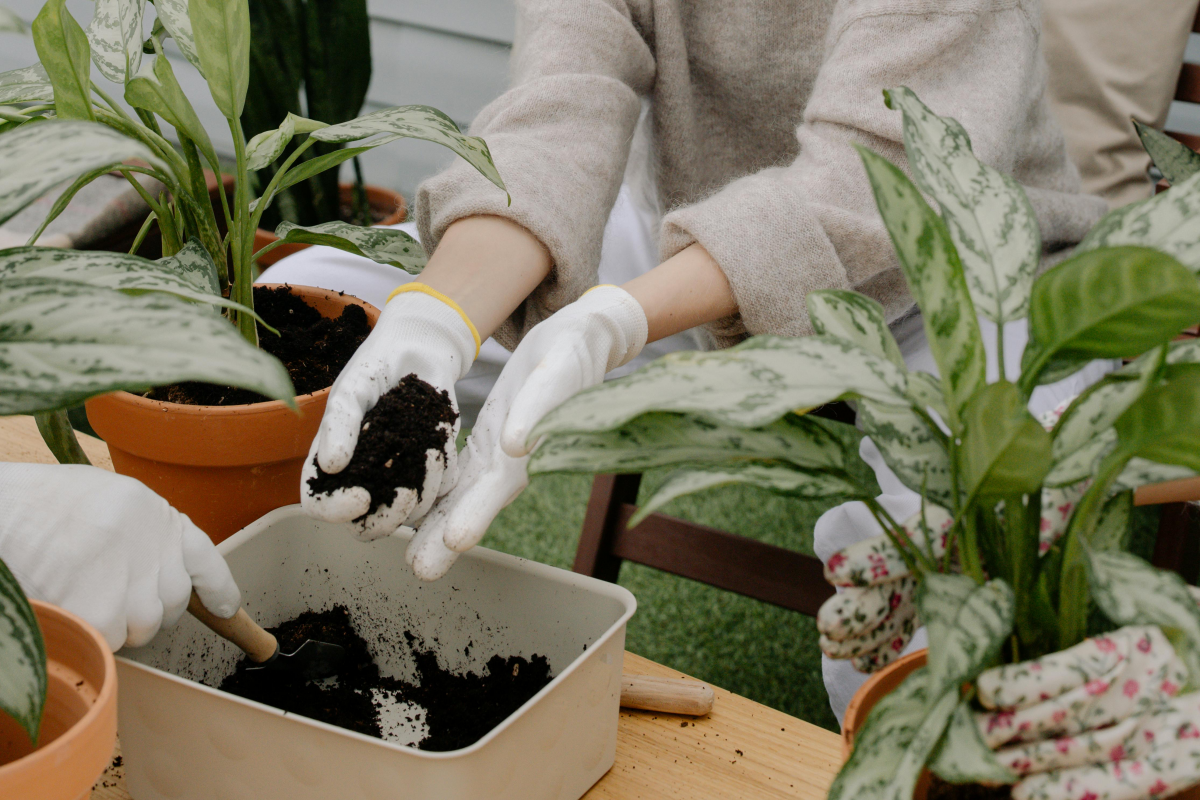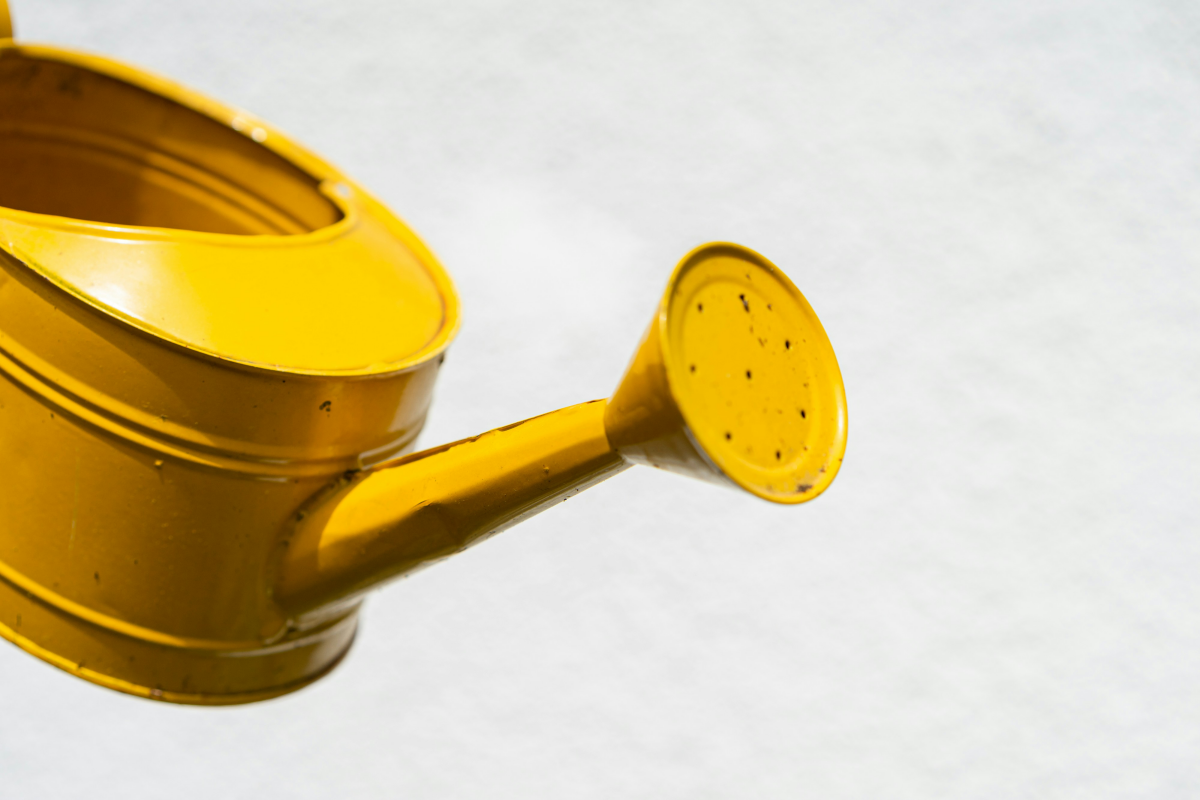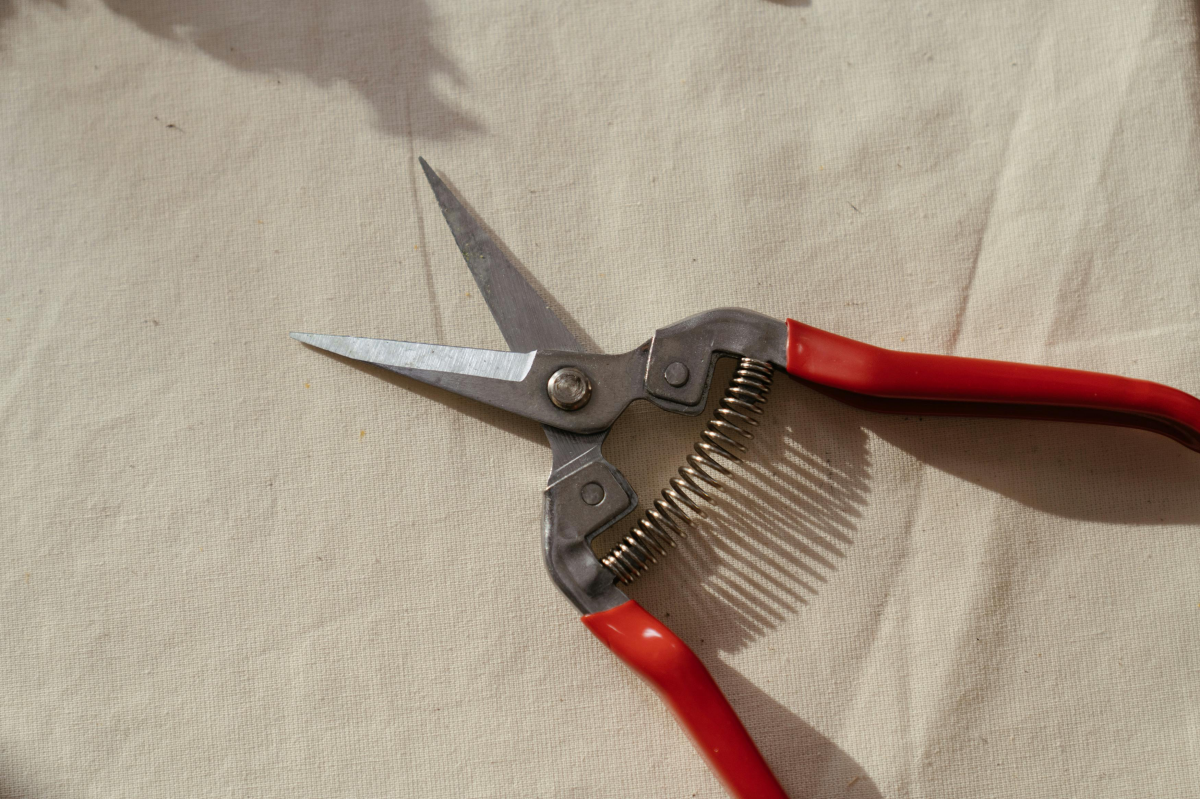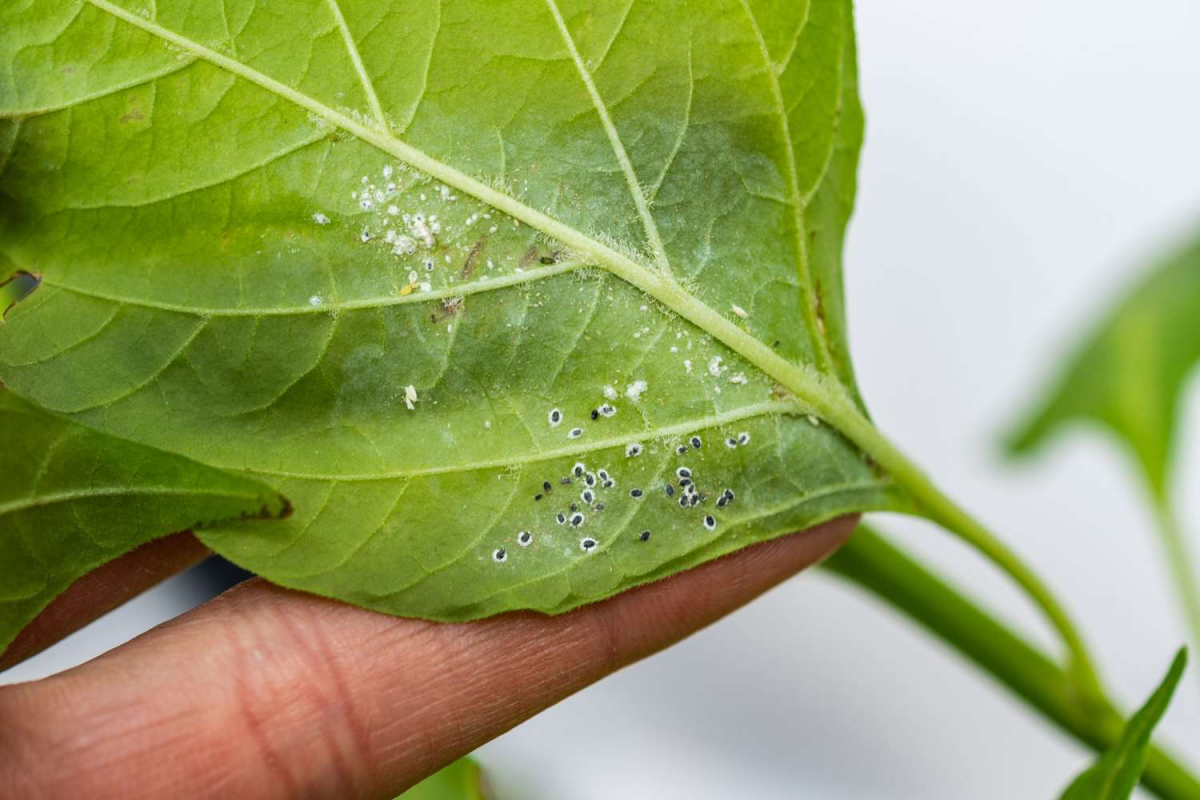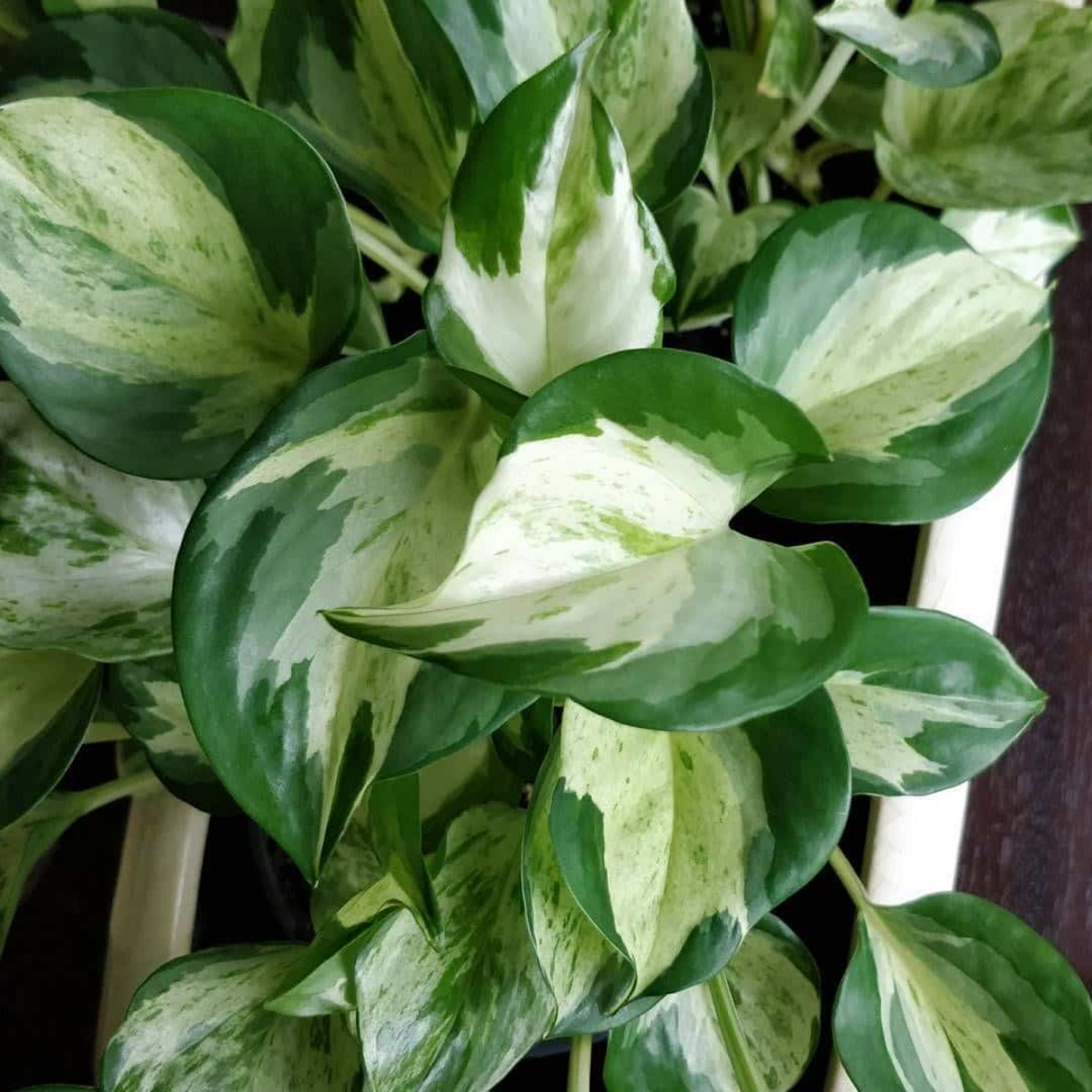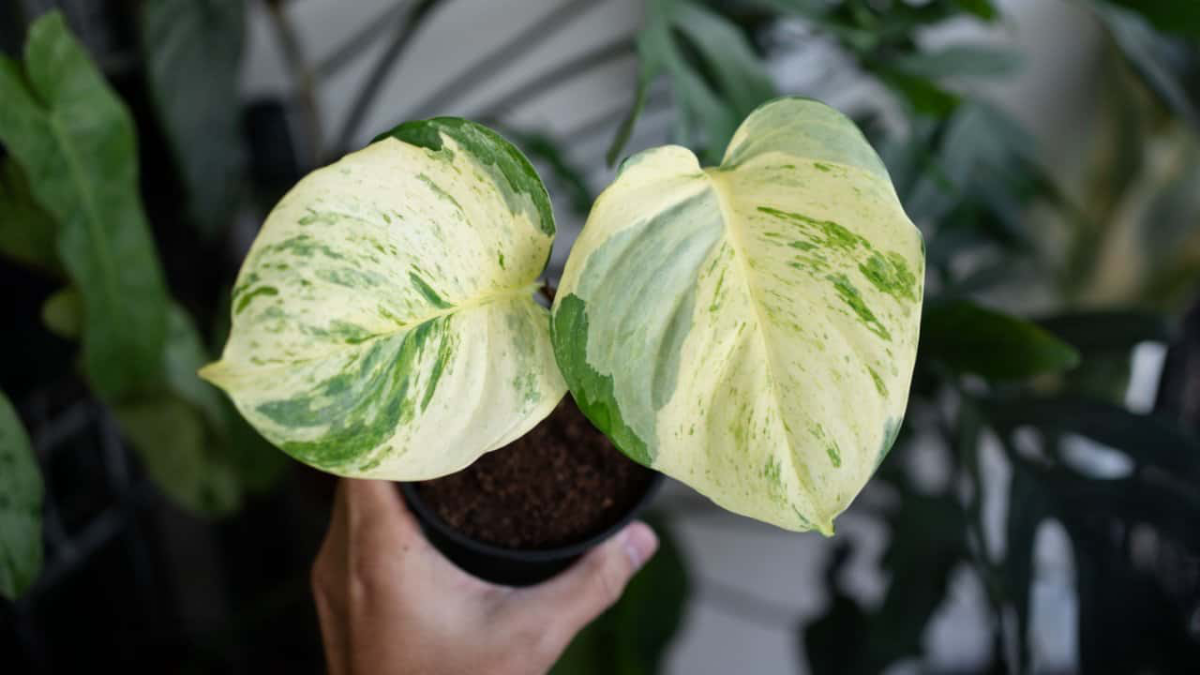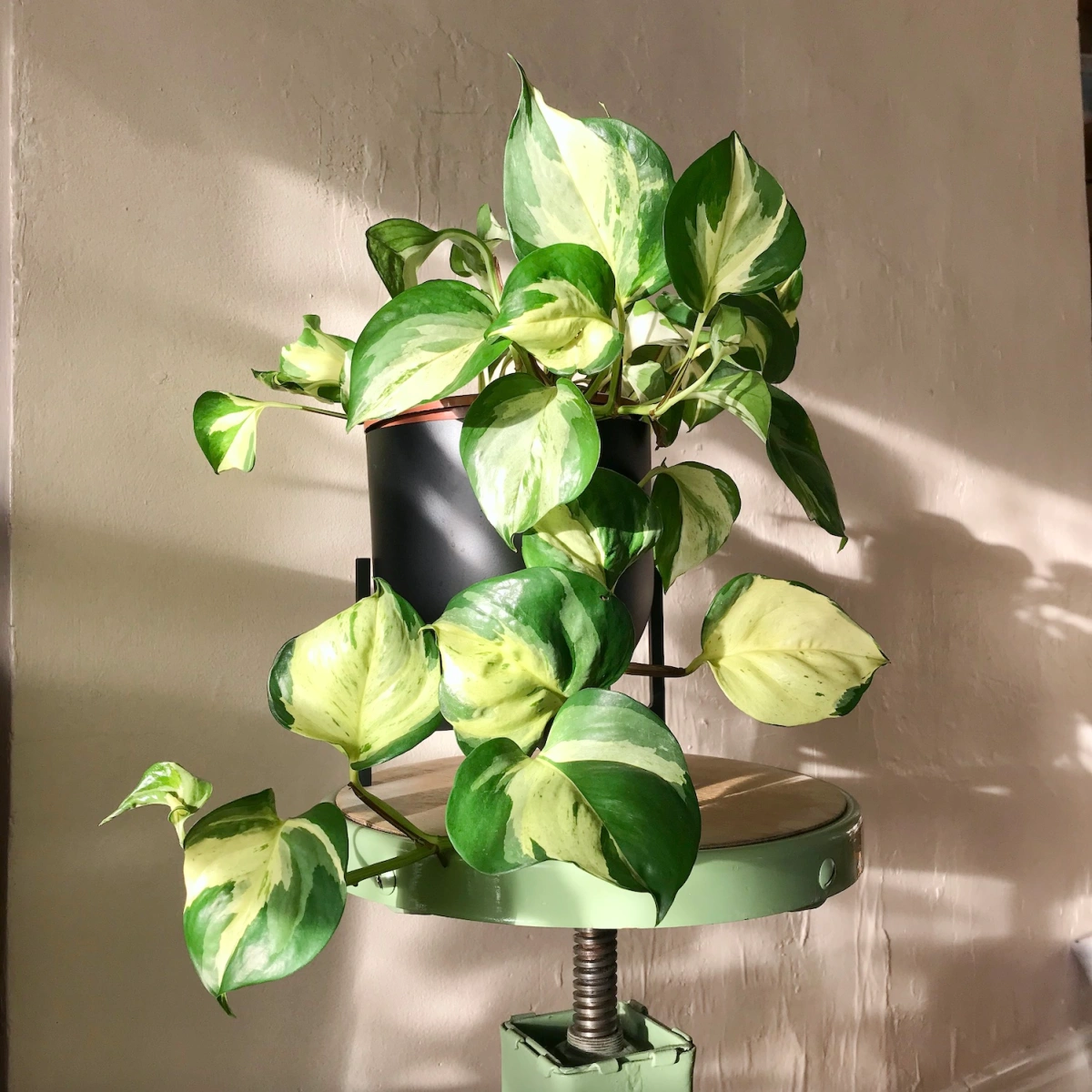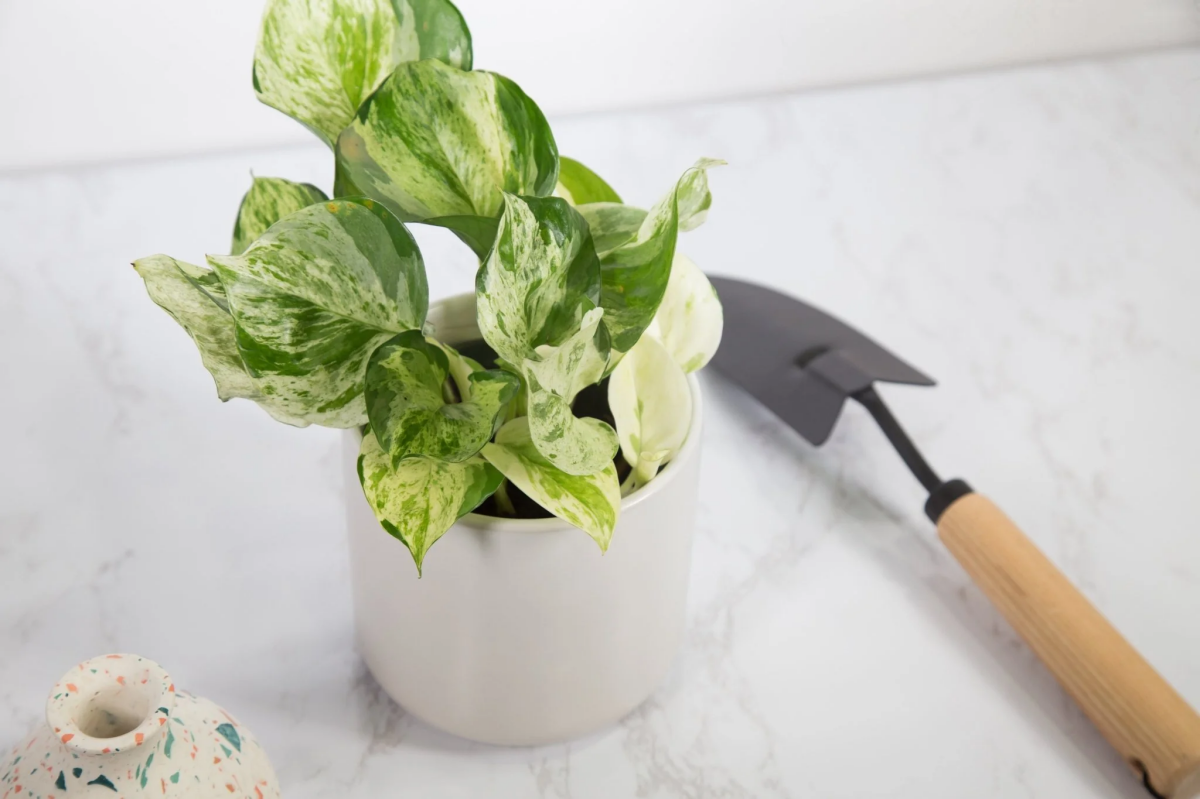The Ultimate Guide To Growing Manjula Pothos Successfully
Hello, plant enthusiasts! I’m excited to guide you through the enchanting world of the Manjula Pothos. In my personal journey with these plants, I’ve come to appreciate their forgiving nature and striking beauty. They’ve become a staple in my collection of indoor plants, offering both aesthetic appeal and a touch of air-purifying magic. So, grab your gardening gloves, and let’s delve deep into the world of Manjula Pothos!
Discover the captivating beauty and air-purifying benefits of the Manjula Pothos
In this article
How To Take Care of The Manjula Pothos
The Manjula Pothos, belonging to the diverse Epipremnum family, stands out with its heart-shaped leaves, each uniquely painted in a swirl of cream, green, and yellow. These plants are more than just eye candy; they’re known for their ability to filter indoor air, making them a dual-threat in the world of houseplants. What really sets the Manjula apart from relatives like the Baltic Pothos is its leaf structure – wavy margins and pronounced variegation give it a distinctive, almost artistic look. It’s a plant that not only beautifies your space but also contributes to a healthier living environment.
Explore the unique characteristics of Manjula Pothos
Light requirements
Manjula Pothos thrives in a well-lit environment but shies away from harsh direct sunlight. Through trial and error, I’ve found that placing them near east or north-facing windows strikes the perfect balance, offering bright but diffused light. This moderate lighting setup maintains the vivid variegation without risking leaf burn. For those in less sunny apartments or homes, fear not; Manjula Pothos is remarkably resilient and can adjust to lower light, though its striking variegation may become less pronounced.
Position your plant in bright, indirect light, away from direct sunlight
Temperature and humidity
Emulating the warm, humid conditions of their Southeast Asian origins is key to happy Manjula Pothos. I maintain my indoor temperature around a cozy 70°F, which seems to be the sweet spot for these plants. They flourish in humidity, so I often employ a pebble tray with water underneath the pot or a small room humidifier to boost the moisture in the air. This extra step mimics their natural humid habitat, encouraging lush and healthy growth.
Keep your Manjula Pothos in a warm and humid environment
Choose the right soil
Proper drainage is paramount to avoid the dreaded root rot. My go-to soil mix for Manjula Pothos includes a balanced combination of standard potting soil, perlite, and a dash of orchid bark or peat moss. This blend creates an ideal environment for root health, ensuring adequate moisture retention while allowing excess water to escape easily. It’s a mix that supports robust growth and helps prevent common issues associated with overly wet soil conditions.
Use a well-draining soil mix to prevent root rot and promote healthy growth
Select the right pot
Choosing the perfect pot for Manjula Pothos is vital for its health and growth. Drainage is the key factor here. I always opt for pots with drainage holes, which allow excess water to escape, paired with a saucer to catch any runoff. This prevents water from sitting at the bottom and causing root rot. Regarding size, it’s best to pick a pot slightly larger than the current root ball. This gives the roots room to grow but isn’t so large that the soil stays wet for too long. Material-wise, I prefer terracotta or ceramic pots as they are breathable and help regulate soil moisture.
Choose a pot with drainage holes and the right size
Potting procedure
The potting process is a delicate affair. It’s important to handle the roots gently to avoid stress and damage. If your Manjula Pothos is root-bound (roots tightly wound around themselves), carefully loosen them to encourage expansion into the new soil. When placing the plant in its new home, make sure it sits at the same depth as in its previous pot. Planting it too deep can cause the stems to rot. Fill around the roots with your soil mix, gently tamping down to remove air pockets, ensuring the plant is stable but not compressed.
Repot your Manjula Pothos with care
Placement
Manjula Pothos is impressively adaptable regarding placement. They thrive in a variety of indoor environments, making them excellent for both novice and experienced plant owners. I’ve successfully placed them in living rooms, bedrooms, and even bathrooms – their love for humidity makes the latter a surprisingly good choice. However, they do have their limits; avoid placing them in spots with cold drafts or directly in the path of hot air vents. Both extremes can stress the plant. Also, keep in mind their light preferences – a balance of bright, indirect light works best.
Find the perfect spot in your home where your Manjula Pothos can thrive
Watering
Mastering the watering schedule for Manjula Pothos is crucial. These plants prefer to dry out a bit between waterings. Overwatering is a common mistake and can lead to problems like yellow leaves or root rot. I check the soil moisture by sticking my finger about an inch deep into the soil. If it feels dry at that depth, it’s time to water. When you do water, make sure to do so thoroughly, allowing water to run out of the drainage holes, ensuring even soil moisture.
Water your Manjula Pothos judiciously
Fertilizing
Feeding your Manjula Pothos can significantly boost its growth and health, especially during the growing season (spring and summer). I use a balanced, liquid houseplant fertilizer, diluted to half strength, every four to six weeks. This provides essential nutrients without the risk of chemical burn, which can occur with over-fertilization. Remember, in fall and winter, the plant’s growth slows down, so it’s best to cut back on fertilizing during these months.
Feed your plant with a diluted houseplant fertilizer during the growing season
Pruning
Pruning your Manjula Pothos is essential not only for maintaining its appearance but also for encouraging robust growth. The best time to prune is during the growing season, which is typically in the spring or summer. I use sharp, clean scissors or pruning shears and make cuts just above a leaf node (the point where a leaf or branch attaches to the stem). This technique stimulates new growth, leading to a fuller, bushier plant. Don’t be afraid to remove any yellow, brown, or damaged leaves, as this helps direct the plant’s energy to healthier growth. Regular pruning also helps manage the size of your Manjula Pothos, keeping it in check, especially in smaller spaces.
Regularly prune your Manjula Pothos to maintain its shape
Pest control
Dealing with pests is an inevitable part of plant care, but don’t let it discourage you. I routinely check my Manjula Pothos for signs of pests like spider mites, mealybugs, and aphids. At the first sign of trouble, I use a neem oil solution, which is a natural and effective pesticide. To make it, mix neem oil with water and a mild dish soap, then spray it on the affected areas. It’s also wise to isolate the infected plant to prevent the spread of pests to other houseplants. Regular inspections and prompt treatment are key to keeping your Manjula Pothos pest-free.
Keep an eye out for pests and use neem oil as a natural solution
Cleaning dusty leaves
A clean plant is a happy plant! Dust and grime can accumulate on the broad leaves of Manjula Pothos, hindering photosynthesis and growth. I gently wipe the leaves with a damp cloth or sponge every few weeks, supporting their health and shine. This routine cleaning is also a great opportunity to inspect the leaves for any signs of pests or diseases. If you have many plants, you might find this task therapeutic, as it deepens your connection with each one.
Gently clean the leaves of your Manjula Pothos
Propagation
Propagating Manjula Pothos is a fun and rewarding aspect of plant care. To propagate, I cut a 4-6 inch section of stem, ensuring there are at least two nodes (one for roots to grow from and one for leaves). I remove the lower leaves and place the cutting in water, making sure at least one node is submerged. Roots usually begin to develop within a few weeks. Once the roots are a few inches long, the cutting can be potted in soil. This is a great way to multiply your collection or share these delightful plants with friends and family.
Easily propagate your plant through stem cuttings
Common issues
When it comes to caring for Manjula Pothos, being observant is key. Yellow leaves often indicate overwatering, while brown tips can be a sign of low humidity or fertilizer burn. Adjusting your watering schedule or improving humidity can usually resolve these issues. I’ve also learned that proper lighting is crucial; too much direct sunlight can scorch the leaves, while too little can lead to leggy growth. A proactive approach is the best way to keep your Manjula Pothos thriving. Regular checks for soil moisture, inspecting the leaves, and monitoring overall plant health are essential. Maintaining a consistent care routine, including proper watering, lighting, and humidity levels, can prevent many common problems. Remember, a little attention goes a long way in keeping your plant happy and healthy.
Monitor your Manjula Pothos for signs of distress

